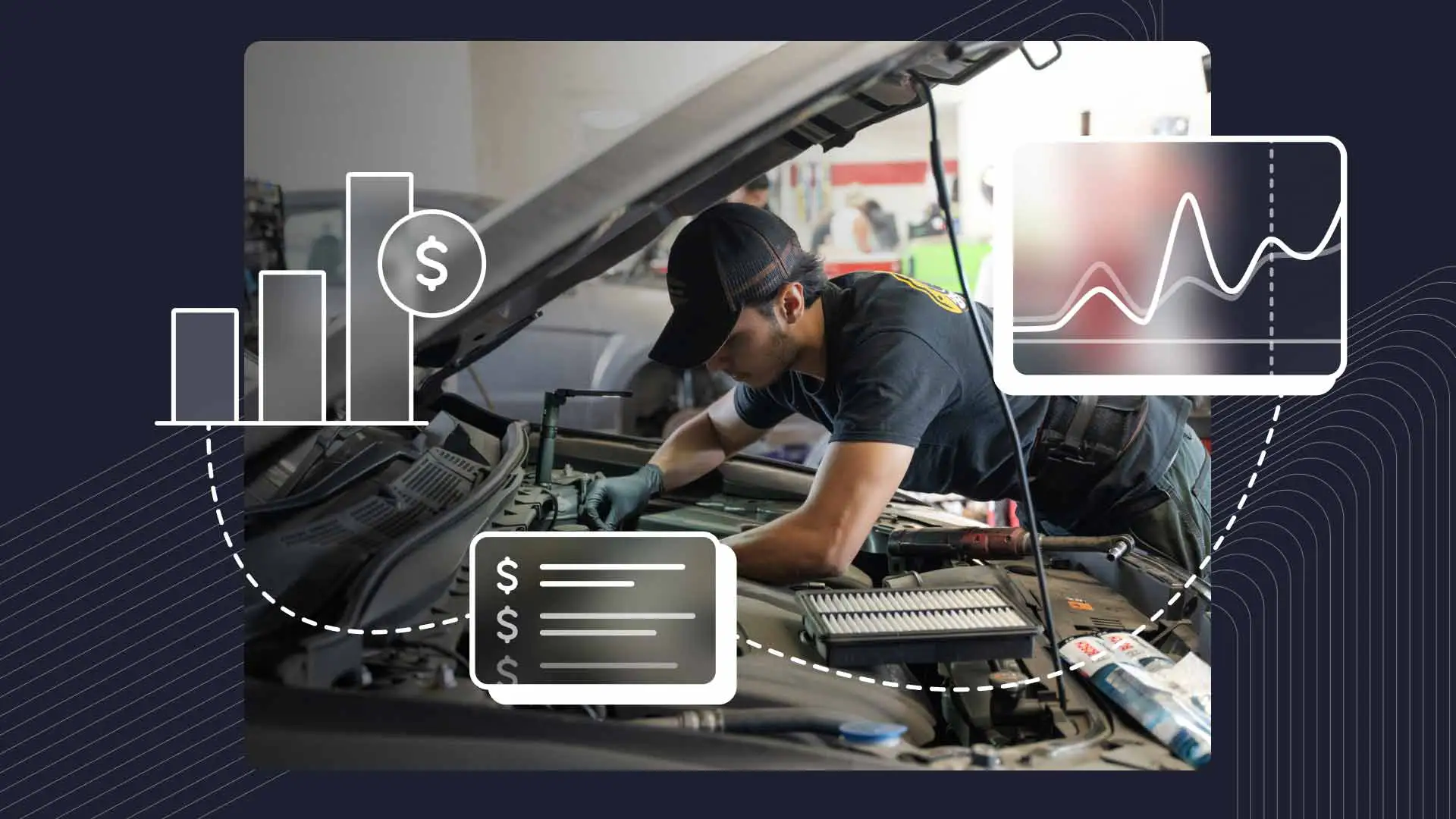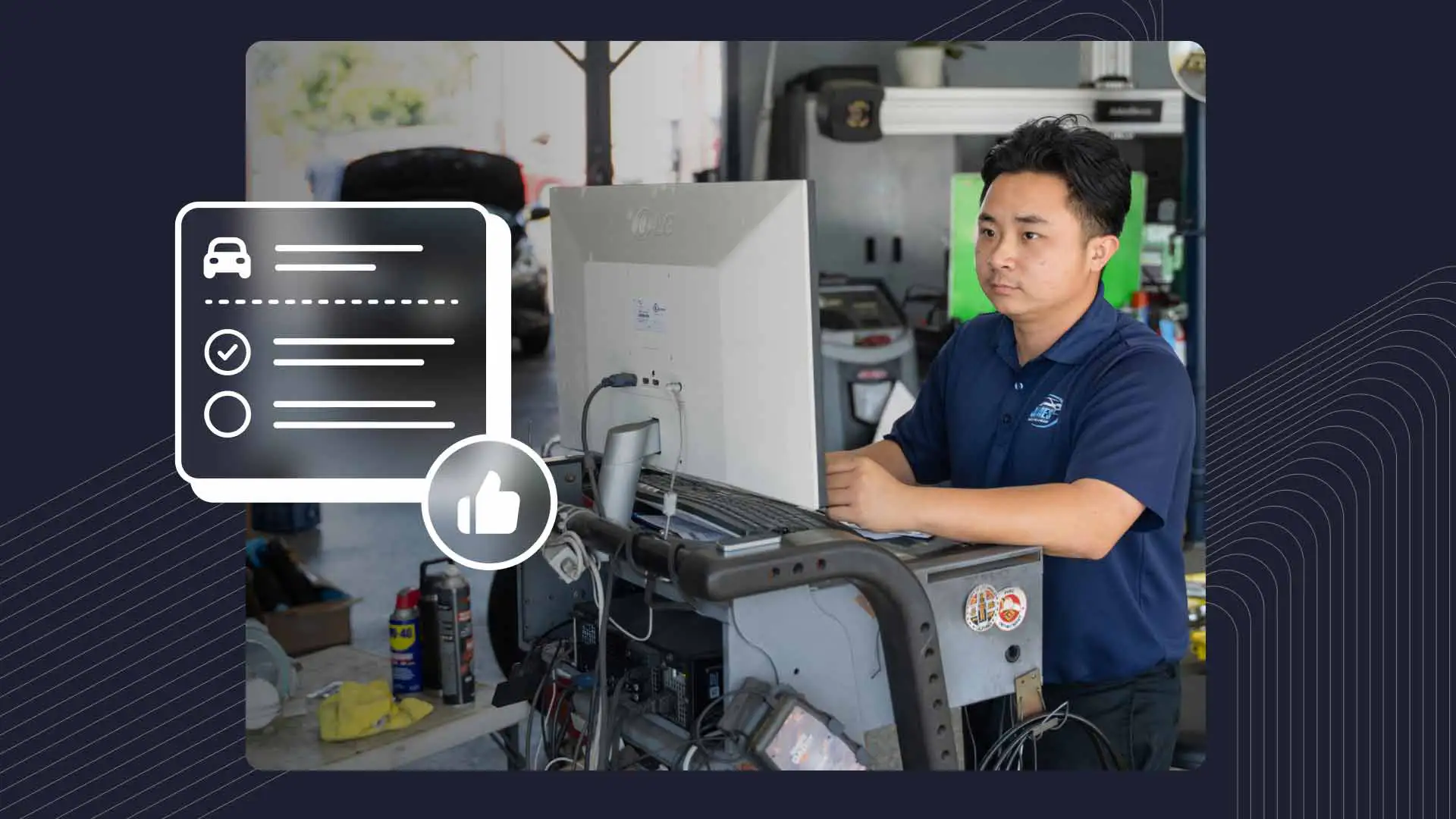Ford or Chevy. Ali or Frazier. Coke or Pepsi. Tom or Jerry. The world is full of “either-or” choices. But while many of them are subjective and could be argued over endlessly without ever reaching a conclusion, there’s at least one we can resolve with some unbiased facts and information.
Granted, when it comes to tag axles vs. pusher axles, there are similarities between the two: Both are types of auxiliary axles that support the drive axles in heavy-duty trucks. And both are designed to maximize payload capacity and improve weight distribution. But a closer look reveals key differences in their makeup, how they work, and the applications they’re best suited for.
So, in the pursuit of proper truck repair, maintenance, and operation, let’s jump in and settle this particular debate once and for all.
Main Differences Between Tag & Pusher Axles
What Are Tag Axles?
Tag axles, also known as trailing axles, are auxiliary axles located behind the truck’s drive axles. Their main function is to assist in weight distribution, taking pressure off the rear drive axles when the truck is loaded. This helps improve traction, reduce tire wear, and increase the vehicle’s overall stability. Tag axles can be stationary or liftable; raising the tag axles when the truck is empty offers it greater maneuverability by giving it a tighter turning radius.
What Are Pusher Axles?
Pusher axles, or lead axles, are also types of auxiliary axles, but they’re actually located in front of the drive axles. Their primary purpose is to increase the truck’s payload capacity and provide additional stability, especially for heavy loads. Pusher axles are less common than tag axles and are often found on heavy-duty trucks like dump trucks and concrete mixers–also known as “severe duty” vehicles. Like tag axles, pusher axles also can be stationary or liftable.
Applications & Key Considerations
When to Use a Tag Axle
Tag axles are ideal for applications where a truck’s weight regularly fluctuates. Think of situations where the vehicle carries a heavy load at one point, then runs empty soon after. Good examples of when tag axles would be ideal are long-haul tractors with trailers, and garbage trucks. The fact that tag axles can be lifted when not in use adds to their flexibility, allowing trucks to move around easier when they aren’t loaded up.
When to Use a Pusher Axle
Pusher axles are like your truck’s hired muscle that’s called upon when the vehicle is at or near its maximum weight capacity. These reinforcements provide the extra support and stability needed to handle extremely heavy loads, making turns safer while lowering the risk of overloading tires. Those severe-duty trucks we referenced earlier are prime examples of where pusher axles do their best work, since adding these axles up front helps offset the weight that’s being carried in the truck bed.
Maintenance Tips
As with any truck axle, regular monitoring and maintenance will help extend the life of your tag and pusher axles. When inspecting these parts, pay close attention to the condition of your tires, as well as the brakes and suspension components, which should be checked over for any signs of bending or cracking.
Remember to make sure the axle bearings and hubs are sufficiently lubricated. This will prevent overheating and premature wear. Also, make sure all fasteners are tightened to the proper torque spec, and look for any that may be loose or damaged. Along those lines, it’s always a good idea to check for play in the axle housing. Any excessive movement could indicate worn bearings or loose bolts, which should be addressed immediately to avoid more serious, and likely expensive, repairs down the road.
Important Safety Items
It almost goes without saying (but we’ll say it anyway) that safety should be top of mind whenever you’re using tag and/or pusher axles. Keep a close eye on weight limits, and always follow the manufacturer’s instructions for proper loading procedures. Coming up short in either area could put excess strain on the axles, which may lead to failures and potentially accidents.
Further Considerations
Additional considerations to take into account when choosing between a tag or pusher axle include the type of suspension that’s on your truck, since some may be better suited for one type of axle over the other. You may also need to decide whether more than one of these axles might be needed to support your load. And, perhaps most importantly, consider your vehicle’s body style, as well as the different regulations in your state–or the states you’ll be traveling through. For example, some places charge less in tolls for vehicles with fewer axles that use its roads and bridges in an effort to help preserve the infrastructure.
If you’re interested in diving deeper into these areas, or any others related to lift axles, we recommend you consult with a qualified engineer, or conduct additional research online or via technical manuals.
Weighing the Options
While both tag and pusher axles serve as auxiliary axles whose main purpose is to support the drive axles, each has its own distinct placement, function, and ideal applications. Tag axles, which are located behind the drive axles, focus on weight distribution and can be either lifted or stationary, providing trucks with added maneuverability when they’re not under load. Pusher axles, on the other hand, are positioned up front. Their main duty is to help increase your carrying capacity while adding stability under heavy loads, especially during cornering.
Whether you’re working on vehicles with tag or pusher axles–or both–it’s important to understand the differences between these components and how each is designed to benefit trucks and trailers.
And, for shop owners and technicians looking to streamline your operations and better serve your customers, we encourage you to request a free demo of Shopmonkey's truck repair shop software. With its customizable platform, advanced inventory management, and automated scheduling capabilities, Shopmonkey helps shops run more efficiently, increase profits, and deliver exceptional customer service.




